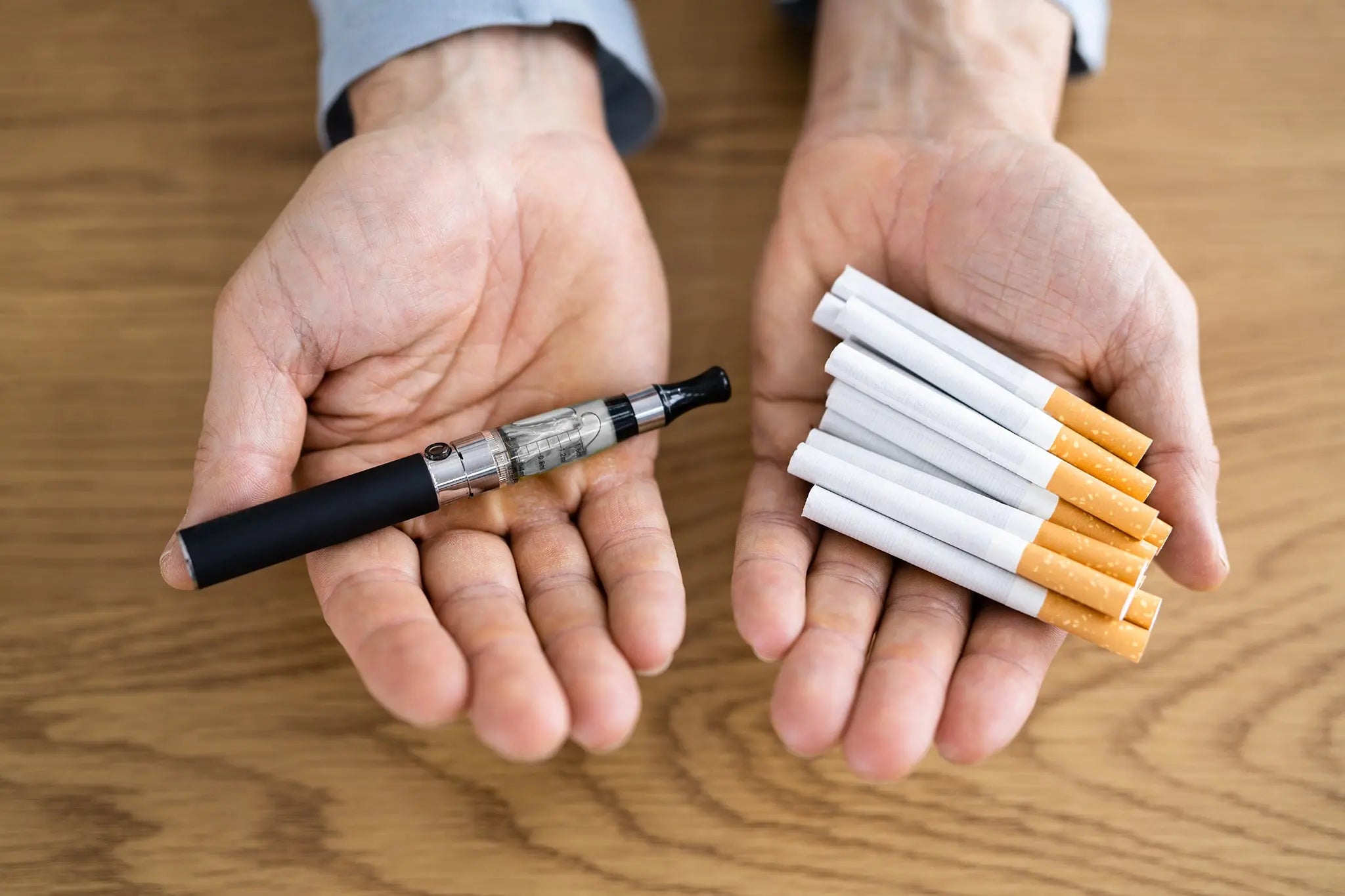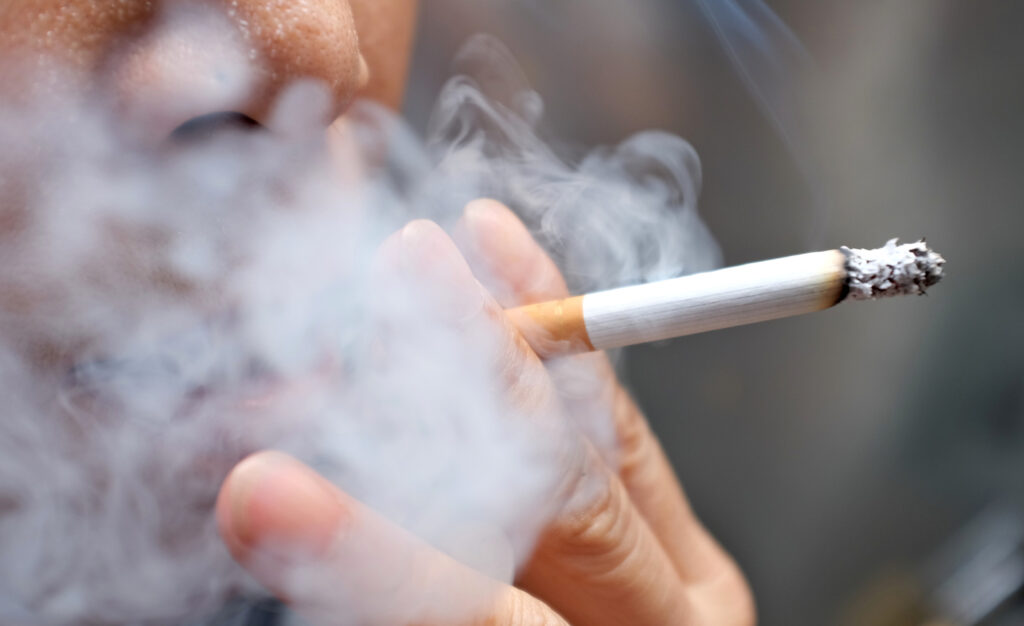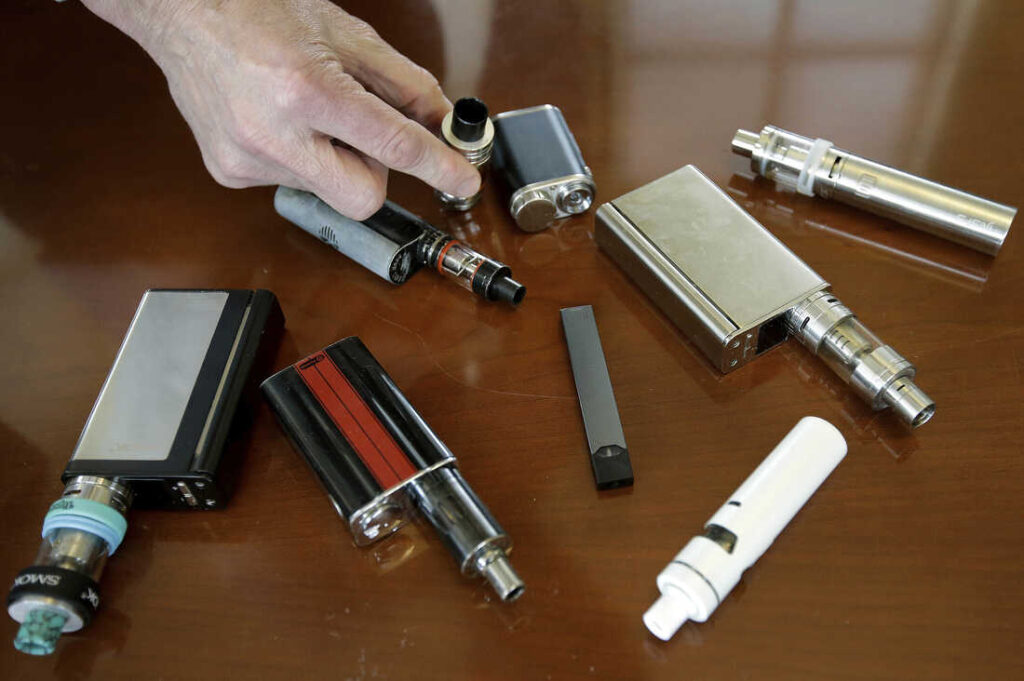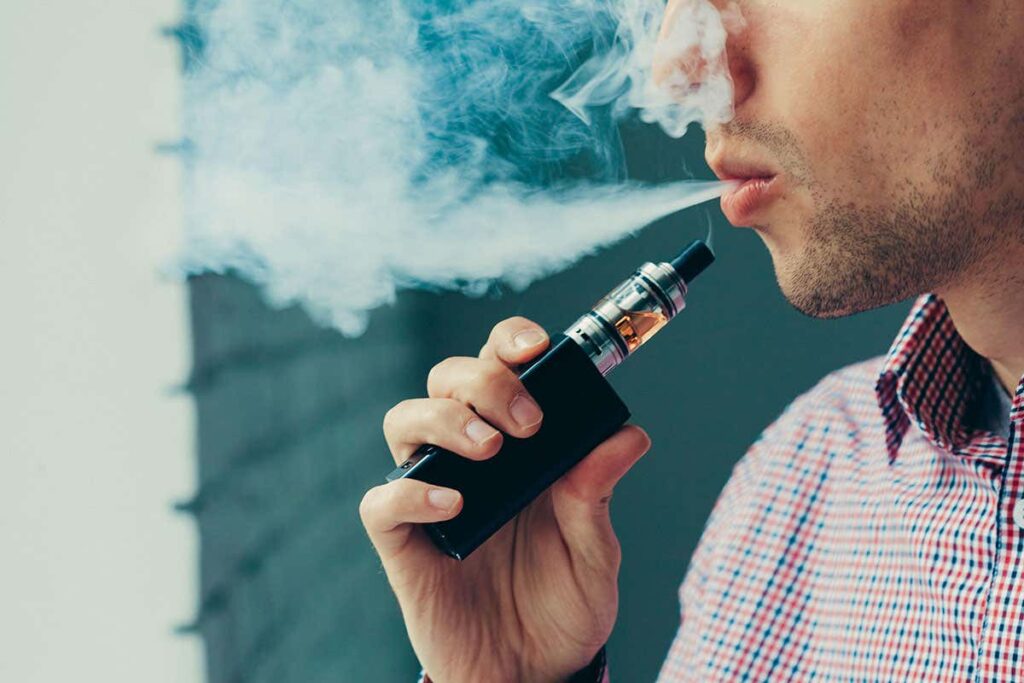
Smoking and vaping have developed as two common options for inhalation methods. Both methods allow you to consume different substances. These include cigarettes and cannabis, but they differ in key ways. This in-depth comparison of smoking vs. vaping attempts to shed light on their impacts. It also discusses benefits, downsides, and impacts on health and well-being.
Individuals are often faced with a confusing choice while deciding between smoking and vaping. Each strategy has its own set of benefits and drawbacks. These can have significant effects on personal experiences and long-term health consequences. You can learn more about both inhalation methods by delving into the complexity of smoking and vaping. You can check out Dynavap for good vapes and make informed choices that align with your preferences.
Table of Contents
All About Smoking

Source: thehill.com
Burning and inhaling substances, like tobacco or other plant materials, through a lit cigarette, cigar, or pipe is called smoking. It is still a popular technique of consumption around the world.
The Process Of Smoking
When a person smokes, they ignite the drug, causing it to burn. The resultant smoke is absorbed into the lungs. There the active chemicals enter the bloodstream. Tobacco products contain nicotine and other dangerous chemicals and poisons and are used in smoking.
Health Risks Of Smoking
Smoking is recognized as damaging to one’s health due to the toxic compounds in tobacco smoke. Tar, carbon monoxide, formaldehyde, and benzene are compounds released during combustion. Prolonged smoking can cause serious health problems. It can be lung cancer, heart disease, chronic obstructive pulmonary disease (COPD), and respiratory disorders.
All About Vaping

Source: npr.org
Vaping is a modern method of inhalation that has gained popularity in recent years. It involves using electronic cigarettes or vaporizers to heat and aerosolized a liquid solution, which the user inhales.
The Process Of Vaping
In vaping, the liquid solution, also known as e-liquid or vape juice, contains propylene glycol (PG), vegetable glycerin (VG), flavorings, and, in some cases, nicotine. An atomizer within the device heats this juice. This juice produces vapor that the user inhales. Unlike smoking, vaping does not involve combustion. It lowers the formation of hazardous chemicals.
Health Risks Of Vaping
While vaping is generally thought to be less dangerous than smoking, it is not without risk. The long-term health effects of vaping are still being researched. Certain concerns have also been raised. But, respectable manufacturers focus on quality control and safety. There are certain e-liquids that include dangerous compounds or heavy metals. Furthermore, there have been reports of severe lung damage caused by counterfeit or contaminated vape items. It is critical to use reputed devices and e-liquids from reliable vendors.
A Comparison Of Effects

Source: vapingdaily.com
Smoking and vaping have become popular inhalation practices. This section examines the impacts of smoking and vaping in detail. It includes nicotine delivery, odor and residue, influence on lung health, and secondary effects. Individuals can make informed judgments about their health by recognizing their differences.
Nicotine Delivery
Nicotine can be delivered to the user through both smoking and vaping. Whereas smoking cigarettes often provides nicotine more quickly. This is because the combustion process allows for rapid absorption through the lungs. Because the vaporization process is not as fast as burning, nicotine is delivered slightly slower when vaping. On the other hand, the flexibility to select e-liquids with varied nicotine levels allows vapers to adjust their nicotine intake to their preferences.
Odor And Residue
One of the notable differences between smoking and vaping is the issue of odor and residue. Smoking produces a distinct and often unpleasant odor that can linger on clothing, furniture, and surroundings. It also leaves behind ash and cigarette butts that require disposal. Vaping, in contrast, typically produces minimal odor, and any scent dissipates quickly. The absence of ash and residue makes vaping a cleaner option.
Impact On Lung Health
Tobacco use is widely acknowledged as a significant risk factor for various respiratory issues. These issues include lung cancer, COPD, and other chronic illnesses. Tobacco burning emits toxic compounds that can cause long-term lung damage. Although not fully risk-free, vaping is typically seen as a less dangerous option for lung health. Vaping decreases exposure to many of the toxic effects of smoking by removing combustion.
Secondhand Effects
Secondhand smoke is an issue related to smoking that can endanger the health of individuals exposed to it. The smoke generated by cigarettes contains toxic chemicals that nonsmokers can inhale. In contrast, vaping generates aerosol vapor that dissipates faster and contains fewer harmful elements. Vaping is generally considered less dangerous. Using caution and consideration when using e-cigarettes or vaporizers around others is vital.
Advantages Of Vaping Over Smoking

Source: newscientist.com
Apart from the health risks of smoking, there are other drawbacks. The combustion process produces unpleasant smells. It leaves ash and residue behind. Secondhand smoke threatens those who breathe it in. Even leading to health problems in nonsmokers. Furthermore, smoking is usually prohibited in public places.
Vaping has various advantages over smoking, making it an appealing choice. One notable benefit is the lack of combustion. It decreases exposure to toxic substances found in smoke. Vaping also gives users more control over their nicotine intake. This is because e-liquids come in a variety of strengths. It allows them to lower their nicotine use if desired. Also, vaping does not emit the same strong odor as smoking; it is more discreet and accepted publically.
Conclusion
Finally, comparing smoking versus vaping indicates significant differences in their inhaling procedures. Smoking includes the combustion of substances. It results in the release of toxic chemicals and poisons. This makes it a significant contributor to a variety of health problems. Vaping provides a less dangerous alternative. Vaping removes ignition and limits exposure to toxic byproducts. It gives you more control over your nicotine intake, reduces unpleasant odors, and less impacts your lung health. It is crucial to remember that even vaping is not without risk.
Finally, choosing between smoking and vaping comes down to personal choices and health concerns. Consult healthcare specialists to explore effective quitting smoking options or other nicotine delivery mechanisms. You can even look for programs related to quitting smoking. Remember that prioritizing your health and well-being is critical. Making educated decisions leading to a higher quality of life would be best.







